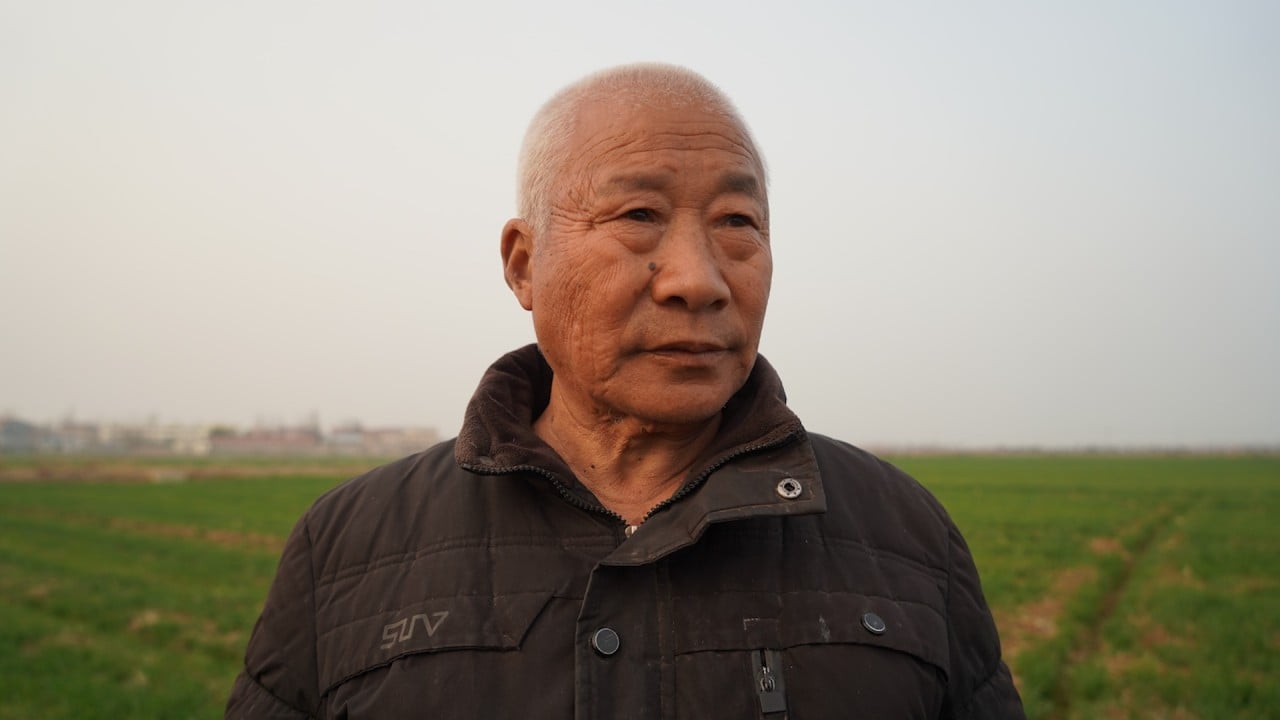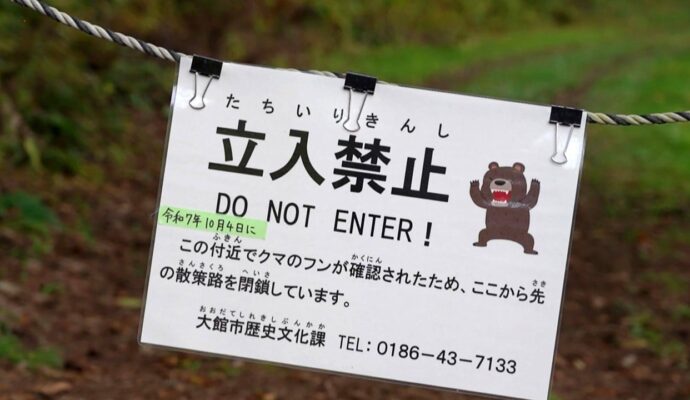These challenges could potentially make it difficult to build a new capital in Xinjiang that is attractive to investors and able to support sustained economic growth.
The paper did not give many details about how the functions of a capital would be split with Beijing, but it said the new city near major population centres such as Urumqi or Kashgar could help strengthen ties with ethnic minorities and promote national unity.
It said the second capital would directly handle matters related to ethnic minorities, which would help to improve communication and coordination between the central government and local communities. By promoting greater inclusion and participation among ethnic minorities, China could help to build a more harmonious society that benefits all citizens.
The researchers, led by professor Zhou Wen from Fudan University in Shanghai and Professor Mi Jun from Sichuan University in Chengdu, said proper planning and support from central government would be key to building a functional secondary capital city that can promote regional development and stability.
China’s rapid economic growth over the past few decades has been largely driven by its export-oriented manufacturing sector, which is concentrated in coastal cities such as Shanghai, Guangzhou and Shenzhen.
This has made China heavily dependent on maritime trade for its economic well-being, but this also leaves it vulnerable to disruptions in global shipping routes or conflicts with other naval powers, the researchers warned.
They also pointed to the threat from natural disasters such as typhoons and rising sea levels, which could have serious implications for China’s economy and social stability.
In a paper published in Chinese-language journal Social Sciences in Xinjiang on April 21, the authors propose the establishment of a functional second capital city around Urumqi or other major cities in Xinjiang, which would serve as a political, economic, and cultural centre.
The new city might be built near major population centres such as the regional capital Urumqi. Photo: Simon Song
This would help to promote the flow of people, resources and public services to the northwest of the country.
The proposed second capital city would also help to address issues such as environmental degradation, overpopulation and other challenges faced by Beijing as China’s current sole capital city.
Xinjiang is also a key node in the Belt and Road Initiative, an ambitious plan to increase connectivity across continents and mirror the traditional Silk Roads.
The paper said this makes the region an ideal location for a functional capital, saying: “The distance by rail from Kashgar to Europe is closer than that to Shanghai or Guangzhou,” said the project team in the paper.
It also has abundant natural resources, including oil, natural gas, coal and other minerals, as well as being ideally placed to develop clean energy such as solar and wind power.
These resources can be leveraged to develop strategic industries such as energy production and processing, agriculture, and hi-tech manufacturing, according to the researchers.
The researchers said the new-purpose built capital could be designed to ensure that it has modern infrastructure and amenities and help to attract people to move and contribute to Xinjiang’s economic development.
There have been other proposals in the past urging China to build another capital city, or at least move some government agencies and functions to major cities such as Shanghai, Guangzhou, Zhengzhou or Xian to alleviate congestion and pollution in Beijing and promote regional development.
But these proposals mostly came from individual researchers and did not gain much traction – partly as a result of government concerns about the political dynamics and logistical difficulties associated with such a move.
The new study is the product of a major research project set up in 2019 and funded by the National Social Science Fund of China to assess the risks and opportunities from the Belt and Road Initiative.
The National Social Science Fund is a major source of funding for social science research in China, and its projects are subject to rigorous review and evaluation processes.
“This does lend it more weight and credibility than previous proposals,” said a Beijing-based urban planning researcher who asked not to be named because of the sensitivity of the proposals.
But he added: “This paper represents only one perspective on the issue. Other scholars and policymakers may have different opinions or priorities, and ultimately it will be up to the Chinese government to decide whether or not to pursue such a project.”
The project team argues that a new capital city can address the issue of unequal development in eastern and western regions, which is one of the key domestic challenges that China faces.
This imbalance has created a number of challenges. For example, it has led to a widening income gap between different parts of the country, with people in the western regions generally earning less than those in the east.
It has also contributed to social unrest in some parts of the country, particularly among ethnic minority groups who feel marginalised by China’s Han-dominated political system.
In 2000, the gross domestic product per capita in the eastern regions of China was 14,550 yuan (US$1,753 at the time), while in the western regions it was only 4,814 yuan. By 2019, the gap had widened significantly, with GDP per capita in the east reaching 97,737 yuan (US$14,040) compared with only 53,568 yuan in the west, according to the project team.
Several countries, including Brazil, Myanmar and Kazakhstan, have established purpose-built new capitals, while South Africa has split the functions of its capital between different cities.
There are also precedents in Chinese history for dual capitals, with powerful dynasties such as the Eastern Han (25-220AD) and Tang (618-907AD) splitting the centre of power between Changan, near modern-day Xian, and Luoyang to the east.




